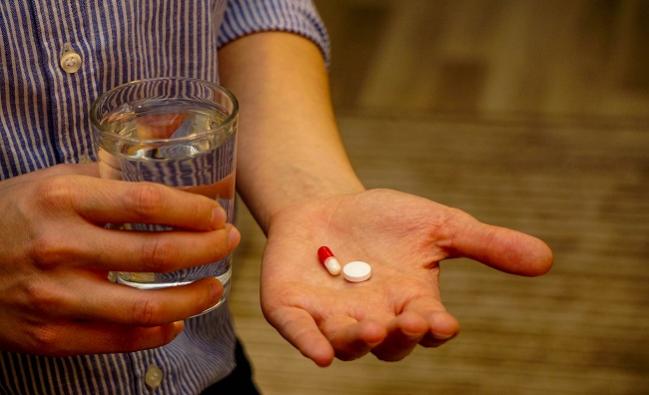Oral Anticoagulation Boosts Poststroke Outcomes in Patients With A-fib
The therapy remained underused, however, despite increases in recent years, highlighting an opportunity for further improvement.

Patients with A-fib who have an ischemic stroke fare much better in subsequent years if they’re taking oral anticoagulation as opposed to antiplatelets alone or nothing at all, results from a new Danish study affirm. That’s the good news. The bad news is that anticoagulation remains underused.
Compared with no treatment, use of oral anticoagulation with or without antiplatelets after stroke was associated with lower risks of thromboembolic events (adjusted HR 0.81; 95% CI 0.73-0.89) and death (adjusted HR 0.68; 95% CI 0.65-0.72) through up to 10 years of follow-up, researchers led by Anna Gundlund, MD (Herlev and Gentofte Hospital, Hellerup, Denmark), report in a study published online May 18, 2018, in the inaugural issue of _JAMA Network Open_. Bleeding complications were similar (adjusted HR 0.97; 95% CI 0.86-1.10).
Use of antiplatelets alone, however, was no better than no antithrombotic therapy.
The study, which also showed that only about half of patients received oral anticoagulation after the ischemic stroke, underscores the need to do a better job of prescribing this therapy for secondary prevention in patients with A-fib, Gundlund told TCTMD.
“I think it’s important that we keep on measuring whether we are good enough [at prescribing] anticoagulation therapy for this patient group, because we have seen an increase but it’s important to keep on having focus on that because we’re not there yet, at least not in Denmark,” she said.
Prior studies—such as a 2016 registry analysis based on US data—have shown that the Danes are not alone in having less-than-ideal use of oral anticoagulation for preventing strokes in patients with A-fib. But much of that research has focused on the overall A-fib population, and not necessarily those who have had an ischemic stroke.
To focus on the secondary prevention population, Gundlund and colleagues used national registry data from Denmark to perform a retrospective analysis of patients with A-fib and a prestroke CHA2DS2-VASc score of at least 1 for men and 2 for women. The analysis included 30,626 patients who had an ischemic stroke between 2004 and 2017; roughly three-quarters survived at least 100 days after discharge.
I think we’re going in the right direction, but there’s still some way to go. Anna Gundlund
Prestroke therapy included oral anticoagulation with or without antiplatelets in 36.3% of patients, antiplatelets alone in 38.8%, and no antithrombotic therapy in 24.9%. The percentage of patients receiving oral anticoagulation after stroke rose to 52.5%, with 35.5% receiving antiplatelets alone and 12.0% receiving no therapy.
Rates of anticoagulation use increased over time, however, reaching 58.5% before stroke and 73.1% after stroke in the first 6 months of 2017.
When asked why oral anticoagulation continues to be used suboptimally, Gundlund said, “I think some physicians are so afraid of bleeding complications that they sometimes refuse to prescribe anticoagulation therapy in these patients even though it’s indicated.”
She acknowledged, however, that there was no information on potential contraindications or physicians’ reasons for not prescribing anticoagulation available for this study.
“Of course bleeding risk should be evaluated in the patient before initiating anticoagulation therapy . . . but it’s unlikely that a large proportion of A-fib patients that were not prescribed anticoagulation in our study all had contraindications to oral anticoagulation therapy,” Gundlund said.
It’s important to note that prescriptions increased over the study period, she said. “So I think we’re going in the right direction, but there’s still some way to go.”
Todd Neale is the Associate News Editor for TCTMD and a Senior Medical Journalist. He got his start in journalism at …
Read Full BioSources
Gundlund A, Xian Y, Peterson ED, et al. Prestroke and poststroke antithrombotic therapy in patients with atrial fibrillation: results from a nationwide cohort. JAMA Network Open. 2018;Epub ahead of print.
Disclosures
- Gundlund reports receiving research funding from Bristol-Myers Squibb.
- ROCKET AF Analysis Looks at Stroke Risk After Stopping Anticoagulation
- Research Series Sheds Light on Questions Surrounding Stroke Risk in Women
- Many Stroke Patients Stop Statins or Never Start, With Dire Consequences


Comments